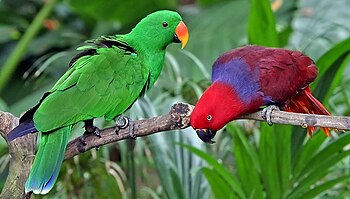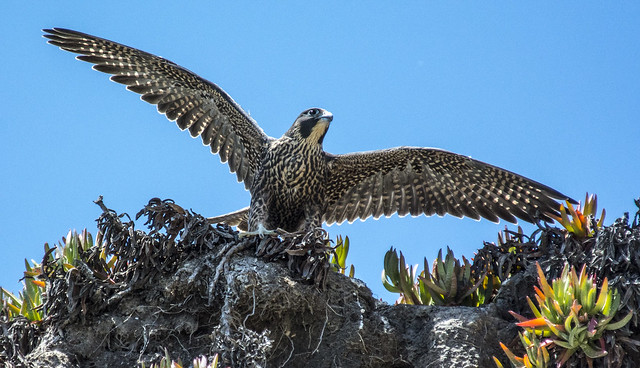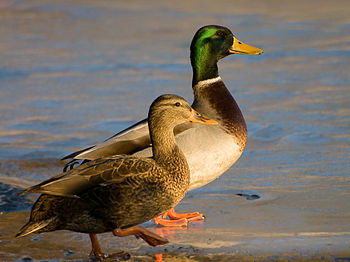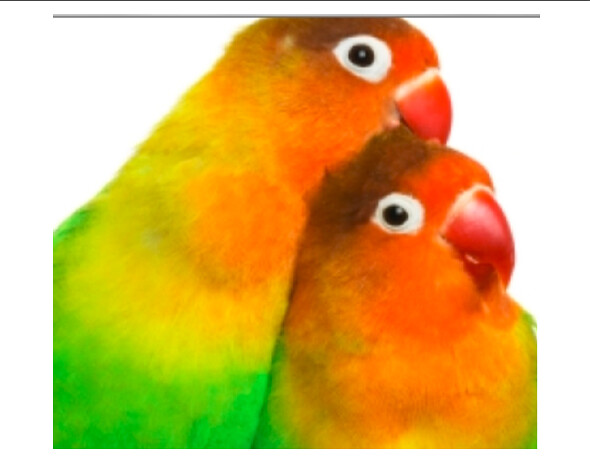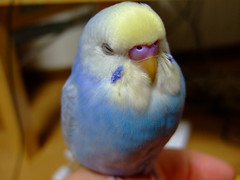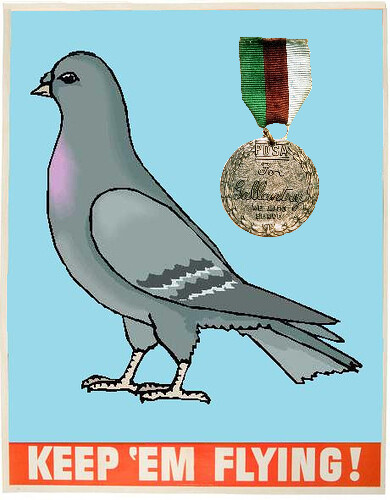 |
| Photo: Wikimedia |
Having a pet is a true delight. While most consider dogs as great pets, there are other animals and birds which people choose to have as their pets. Among these are ducks. These birds are very affable. They love to seek attention, too. Some people, though, think that raising them is rather weird and their only purpose is for their eggs or meat. They have no clue as to how to raise ducks as pets.
Gardeners, however, find these creatures useful as they feed on bugs. These aquatic creatures are also a pleasure to look at. Children adore them very much.
It is thrilling to have ducks in our backyard. However, it is required of you to know how to raise ducks as pets. Ducks mature at about 7 months after hatching and they may live up to 10 years.
When considering raising ducks, you must make sure that a body of water is near. You should also at least 10 feet of yard space per duck. Once you have these, the rest is easy.
You should be knowledgeable about ducks' nature, eating habits and other important facts if you intend to raise ducks as pets. There are also a lot of tips that will tell you how to raise ducks as pets. You need to learn how to make them happy. One example is that ducks are social birds and should not be raised alone. A lone duck may feel lonely and show awkward, shy behavior. Be sure to raise it with a partner. It may be wise to keep one male and several females. Males can get too active when they mate and one female may not be able to handle it.
Be sure to create a shelter for your pets which will keep them from cruel weather conditions. It can be made from light materials like wood. Always check that it is kept dry and make sure to cover the ducks from the rain.
It shouldn't be surprising that ducks love water. It is ideal to have the shelter near a body of water so that the ducks can exercise and swim. If you choose to have an artificial pond, change the water regularly.
You now have the basics on how to raise ducks as pets. Raising them as pets has great benefits. Be sure to constantly observe the right pet care and ask the help of experts when needed. Ducks are attention-seekers, so remember to shower them with love.
By Mary Louise
Are you looking for more tips on caring for ducks as pets? If you think you still need guidance on where to start, consulting existing duck owners and farmers will certainly be a big help. If you would like to learn more about how to raise ducks correctly, go to Raising Ducks Tip site.
Article Source: EzineArticles
|


